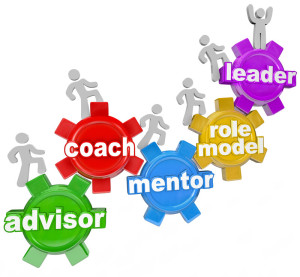In 2021, I have said yes to one more way I can help develop next generation leaders. I am excited to be one of the rotating co-hosts on This Week In Health IT Monday Newsday series. Bill Russell has done an amazing job the past three years growing and evolving This Week In Health IT into several different podcast series and channels. Bill shares my commitment to developing next generation leaders through his many different offerings, so I quickly said yes when asked to be one of the co-hosts in the new format of the Newsday series. Our first episode together will be available January 11, so I hope you will check it out.
amazing job the past three years growing and evolving This Week In Health IT into several different podcast series and channels. Bill shares my commitment to developing next generation leaders through his many different offerings, so I quickly said yes when asked to be one of the co-hosts in the new format of the Newsday series. Our first episode together will be available January 11, so I hope you will check it out.
Bill’s commitment and goal is clear: develop the next generation of health leaders by amplifying the best thinking. This Week In Health IT has proven to be a valuable contribution to our industry. My health IT advisory firm, StarBridge Advisors, is proud to continue as a channel sponsor in 2021.
After a very successful 2020 with 230,000 downloads and 177 new episodes including the daily COVID Field Report series from March to July, Bill has changed things up yet again for 2021. There are several options to pick and choose from for yourself and to share with your teams. These offerings provide a no-cost, easy, accessible way for staying current and continuing to learn from others.
Monday Newsday – replacing the Tuesday Newsday show, every Monday Bill will have a co-host to discuss key stories in the news.
Wednesday Solutions Showcase – 2020 episodes highlighted AI, Robotic Process Automation, Machine Learning, End Point Security, Social Determinants of Health partnerships, Mental Health integration with primary care and more.
Friday Influencers – Interviews with industry leaders. Guests include IT leaders, health executives and experts who can shed light on the challenges that healthcare faces and the potential solutions. Continue reading






